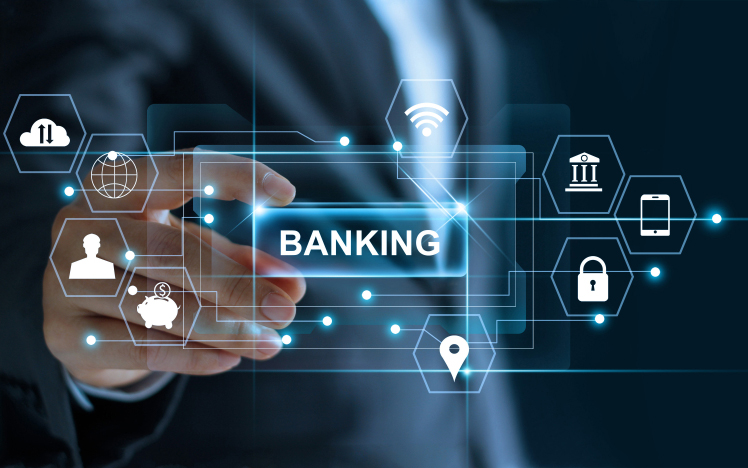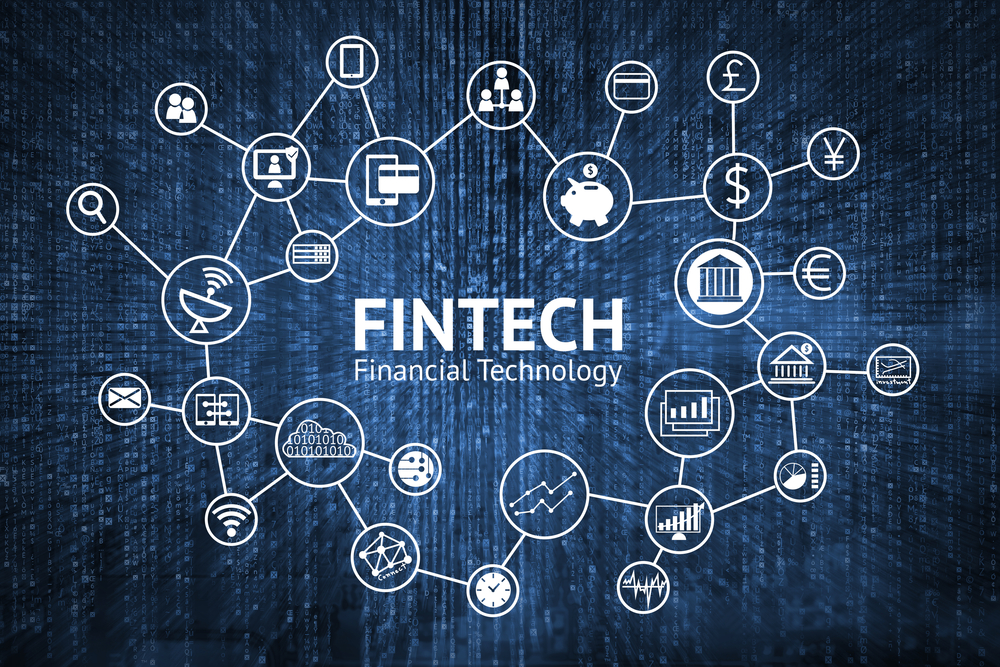The Financial Brand: Quick Guide to Successful Digital Banking
At The Financial Brand, Jim Marous, industry influencer and CEO of The Digital Banking Report, and BK Kalra, Global Head of Banking and Capital Markets at Genpact, offer their four essentials for success in the digital banking space.
One point they make early is that, while COVID certainly accelerated adoption, the digital banking revolution was on its way, pandemic or not. The industry was poised for mass conversion to digital.

How to Succeed in the Digital Realm
Marous and Kalra point out that success in the digital banking zone means being able to re-set your thinking.
What we’ve learned along the way is that success in digital banking means rethinking everything from the ground up, from the customer perspective, and then stitching together the right partners, products, advanced technologies, and capabilities to deliver a differentiated and compelling value proposition — a “digital banking masterpiece.”
Here is a summary of the list created by Marous and Kalra:
1. No Banking Provider Can Do it Alone
Financial institutions should start with a clear understanding of the importance of trusted, collaborative and innovative ecosystems. Basically ecosystems in banking can be described as an interconnected set of services where customers can fulfill a variety of needs in a single integrated experience.

Marous and Kalra note that these ecosystems are already emerging and growing, "bringing together technologies and enablers, including large enterprise banks, fintechs, cryptocurrency platforms, technology companies, and service providers to create entirely new value propositions for distinct customer segments."
2. Fast Follow Is a Viable Strategy
Financial services players need to move smartly. This isn’t necessarily about being at the bleeding-edge and first-to-market. But it is about being a fast-follower — with the emphasis on the fast.
JPMorgan Chase is cited, having set up a digital-only U.K. bank that launched with current accounts (akin to U.S. checking accounts).

It plans to broaden its product lineup by integrating Nutmeg, a wealth management fintech it acquired, and making a push into consumer lending, which will better position it to also compete with digital-only U.K. insurgents, such as Monzo, Starling, and Revolut.
3. Find the Right Mix of Partners
Fintechs are disruptors -- but, Marous and Kalra point out, that does not make them immune to disruption.
Consider how buy-now-pay-later players disrupted traditional payment providers, for example. And now Apple has unveiled a BNPL feature as part of Apple Pay, disrupting Affirm and Klarna. The key for fintechs and startups, therefore, is to build for scale with partners who can be agile and support profitable growth.

Camilla Morais, vice president of finance at fintech Brex (a credit card and cash management startup), says her team spends a ton of time analyzing potential partners and building relationships with them. “Sometimes it’s another startup that’s launching a new and innovative product. Other times, we’re looking at partnerships with traditional banks where we can bring a very unique proposition,” Morais notes. “You really need to think about what you are trying to achieve from the partnership.”
4. Don’t Ignore the Back Office
For financial institutions, it is critical that they take a hollistic approach, reviewing the entire process and operation models -- particularly if the financial institution is not digital-native.
As Darin Cline, chief operating officer and co-founder of Highline (a payments and consumer lending startup) notes, both fintechs and legacy organizations need to really focus on digitizing the back office. “If you want to scale rapidly, you are going to need that back office as digitally enabled as possible, leaving your humans to do the things they do best,” he says. As well as investing in new technologies and capabilities, Cline suggests players “move from a build-your-own mindset to a buy/partner mindset in order to move at the speed of digital.”
The article effectively outlines for financial institutions an approach to a winning digital strategy. We've seen an increase in digital payments, but also a rise in digital deposits -- including depositing checks through mobile devices.
By partnering with the right fintech -- deploying artificial intelligence and machine learning technologies to process checks more accurately and at faster speeds, while also providing additional capabilities for identifying check fraud-- financial institutions can create a stronger digital ecosystem that is enormously beneficial to their customers.
